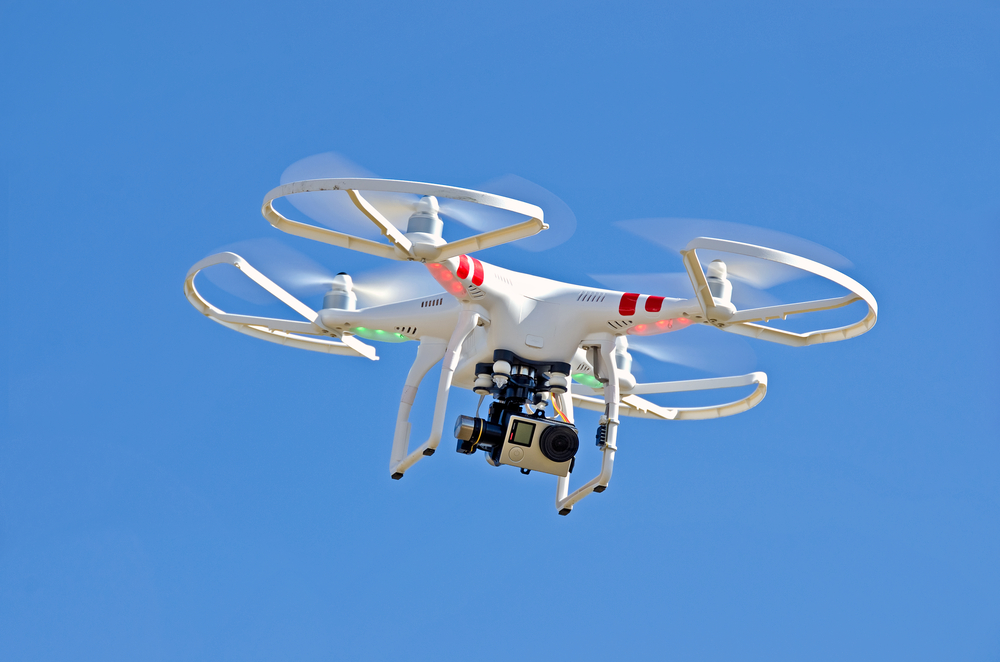The National Association of Insurance Commissioners (NAIC) is urging drone pilots to follow requirements as water rises in Houston and other cities along the Gulf Coast after Hurricane Harvey.

Drones and advanced technology can help assess storm damage as well as accelerate the claims process by providing quick and efficient surveillance. However, the Federal Aviation Administration (FAA) has strict requirements for commercial use of drones that must be followed. Any exception to these rules that might be needed for damage assessment, such as flying beyond visual line-of-sight, must be requested through the FAA.
“There is much work to do in the aftermath of Harvey and it is important for insurance regulators and the industry to work together to provide relief and respond to consumers affected by this disaster,” Ted Nickel, NAIC president and Wisconsin Insurance Commissioner, said. “We know drones can save time and enhance safety when surveying storm damage. However, before they are deployed, it is crucial for insurers and individuals to follow the laws governing this technology.”
Drone pilots must register, properly mark drones, and follow FAA safety guidelines. For an emergency certificate of authorization, some requirements may be waived.
The Texas Department of Insurance’s website has a special section “Help After Harvey” dedicated to assisting those in need. Insure U, the NAIC’s public education program, provides consumer resources including tips on Managing the Claims Process, Flood Insurance and Disaster Preparedness.